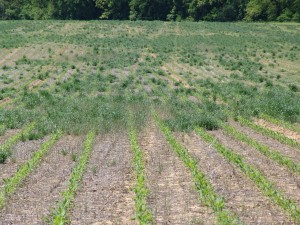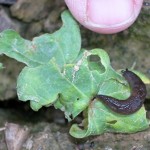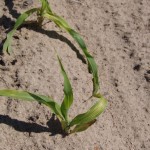As reported by NASS on April 23, 2012
CORN PLANTING ESSENTIALLY FINISHED, EXCEPT FOR BOTTOMS AND SILAGE
Corn planting reached almost 90 percent last week and growers reported that all that remains are some bottom land and silage fields. Normally, less than half the corn acreage is planted by this period of time. Soybean planting has started, but most producers commented that they would not get underway in earnest until May 1. Recent freeze damage assessment was in progress at week’s end. Nurseries, vineyards, and orchards have been hit hardest. Freeze damage appears to have been minimal for the corn, wheat, and strawberry crops. Tennessee’s wheat, corn, strawberries and pastures were reported to be in mostly good-to-excellent condition. Continue reading




